10 Beautiful Places Designed by Frederick Law Olmsted
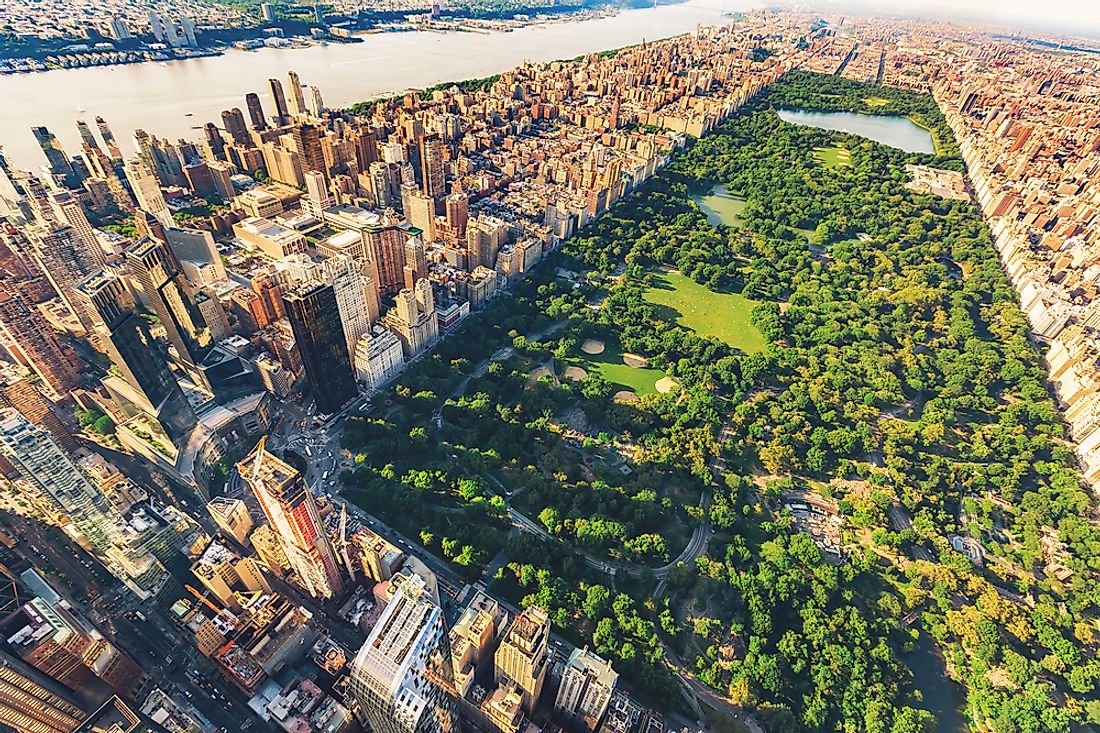
10. Prospect Park
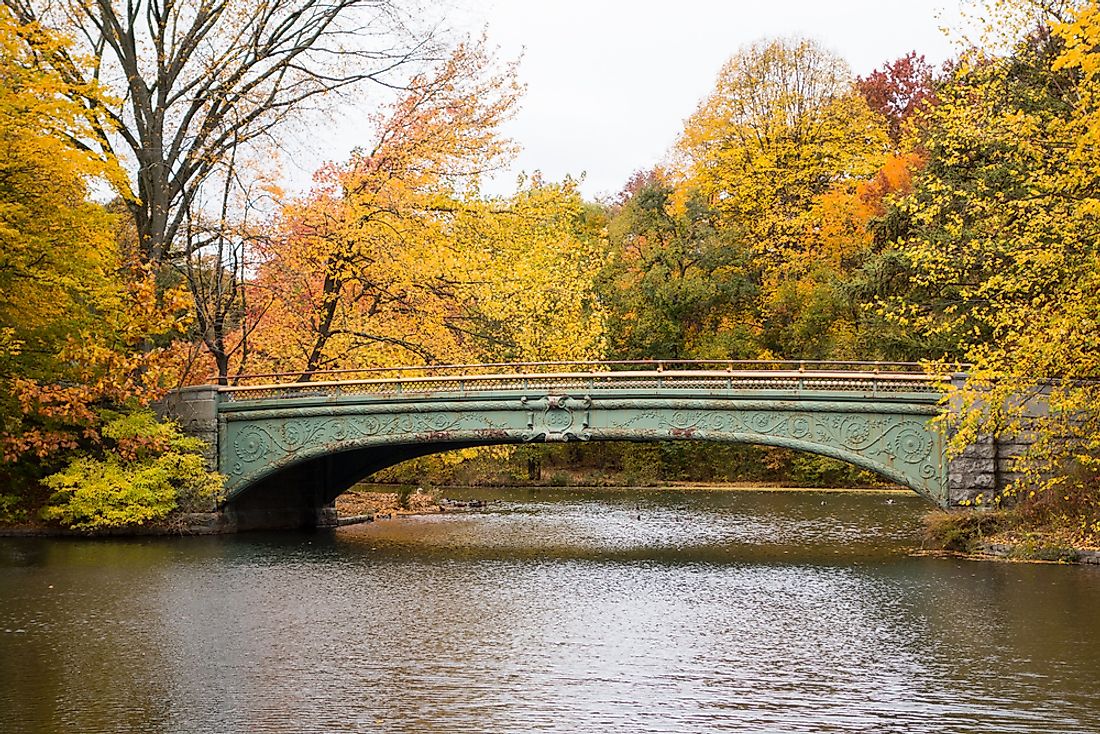
Prospect Park is the second largest park in the borough of Brooklyn in New York City (after Marine Park). Olmsted designed the 526-acre public park with assistance from Calvert Vaux. These two were also creators of the popular Central Park in Manhattan. The construction of the park commenced in June 1866 and was completed in 1873. It is made up of a beautiful green space which may be used as a playground, and perfect for picnic lovers. It is also composed of the Prospect Park Zoo, a Long Meadow with an awe-inspiring arch at its entrance, a breathtaking man made watercourse, and a Botanical Garden.
9. Highland Park
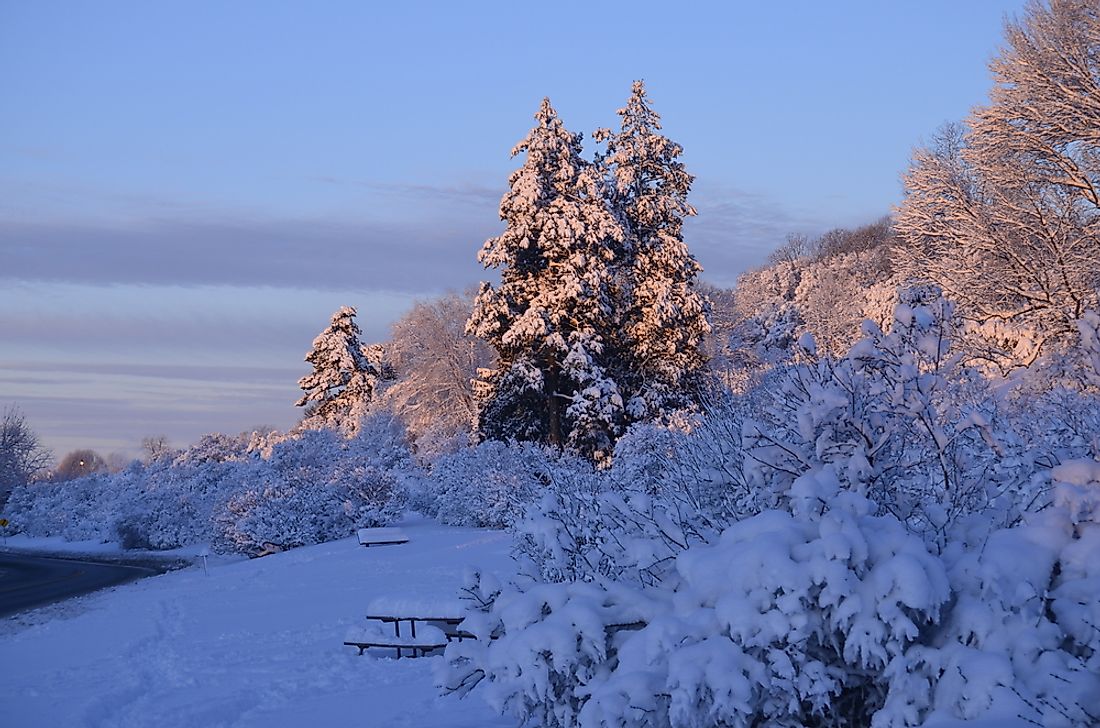
High Park is also called the Highland Botanical Park, and can be found in the city of Rochester in New York state. Like the great majority of his designs, Olmsted intended for the landscape of Highland Park to appear natural. The park is known for its immense lilac collection, which was part of the plants brought to the United States by European colonists.
8. Buffalo and Erie County Botanical Gardens
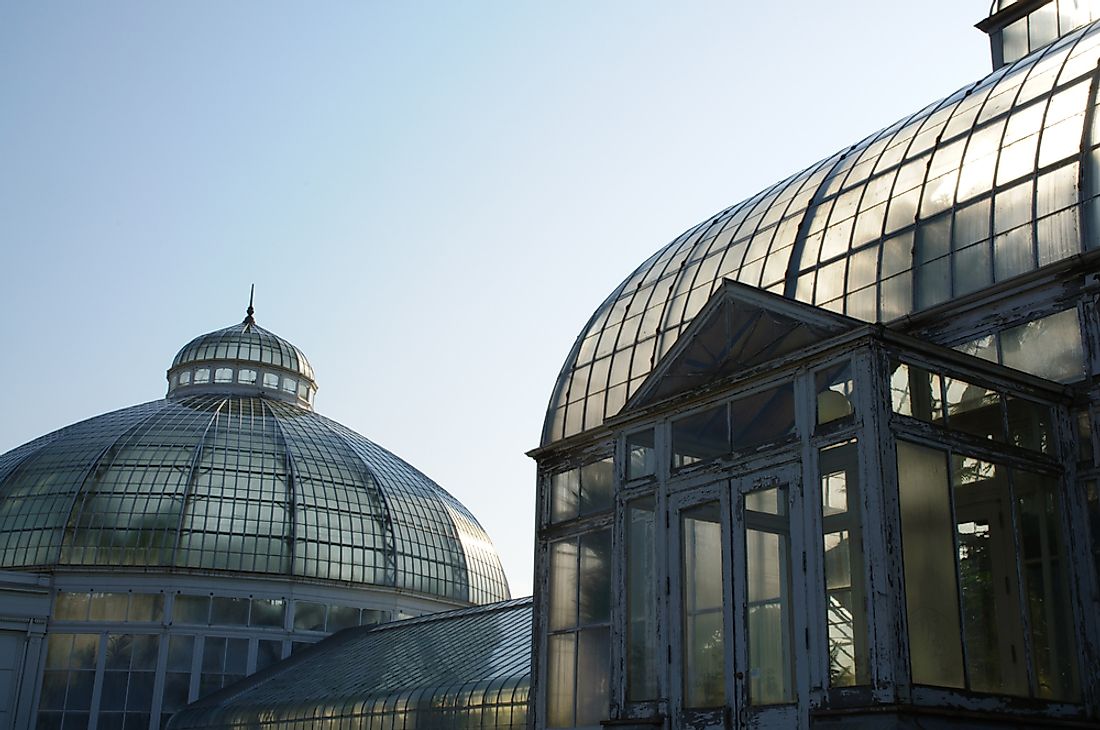
The Buffalo and Erie County Botanical Gardens are found in South Park, in Buffalo, New York. Olmsted apportioned South Park into South Park conservatory and the rest of the park. The conservatory is made up of tropical plant species. On the contrary, the other parts of the park have hardy species. Furthermore, there is an arboretum, shrub garden, pinetum, a large pond, a meadow and a ring road used by horse carriages. Olmsted’s idea was to surround the conservatory with beautiful formal gardens. It is indeed a lovely sight to behold today, just as it was many years ago.
7. Lake Park
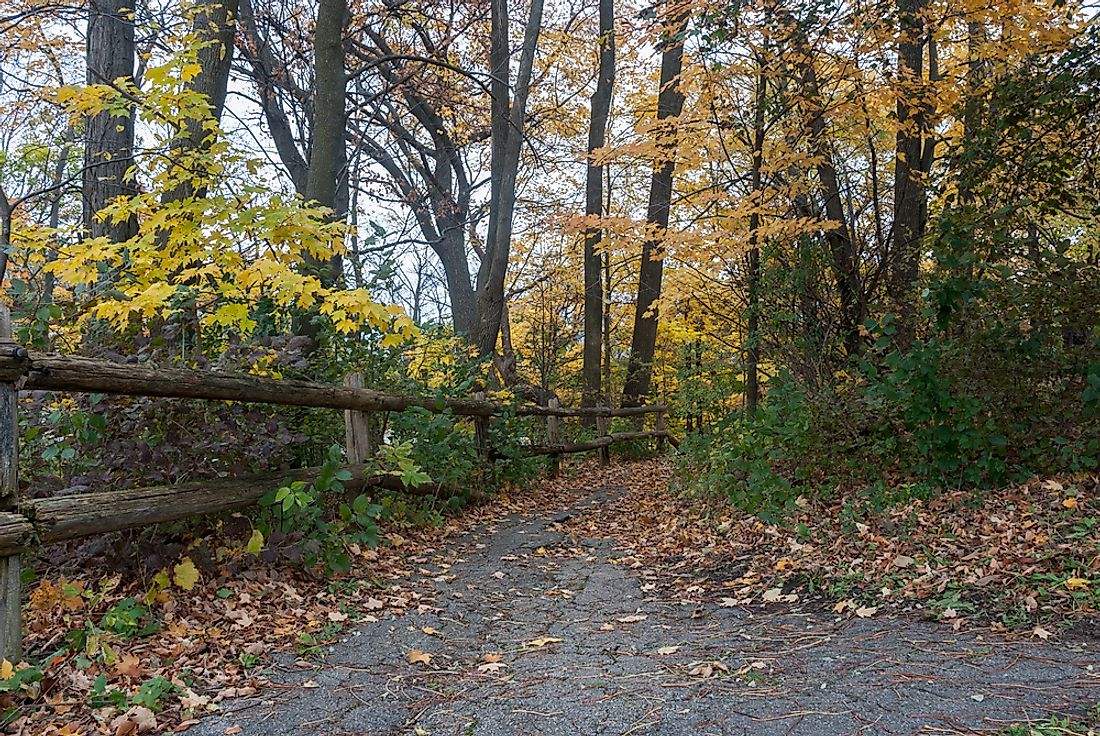
Lake Park is located in Milwaukee and surrounded by Lake Michigan. Quiet streams run through the deep ravines. Olmsted designed vistas and winding courses at the park to emphasize its stunning beauty. He also divided the park into two portions. One area was to be used for passive recreation which involved enjoyment and reflection. The other area was to be used for active recreation which involved using it as a playground and for sports. During the design of the Lake Park, Olmsted insisted that it should be made freely accessible to everyone.
6. Stanford University
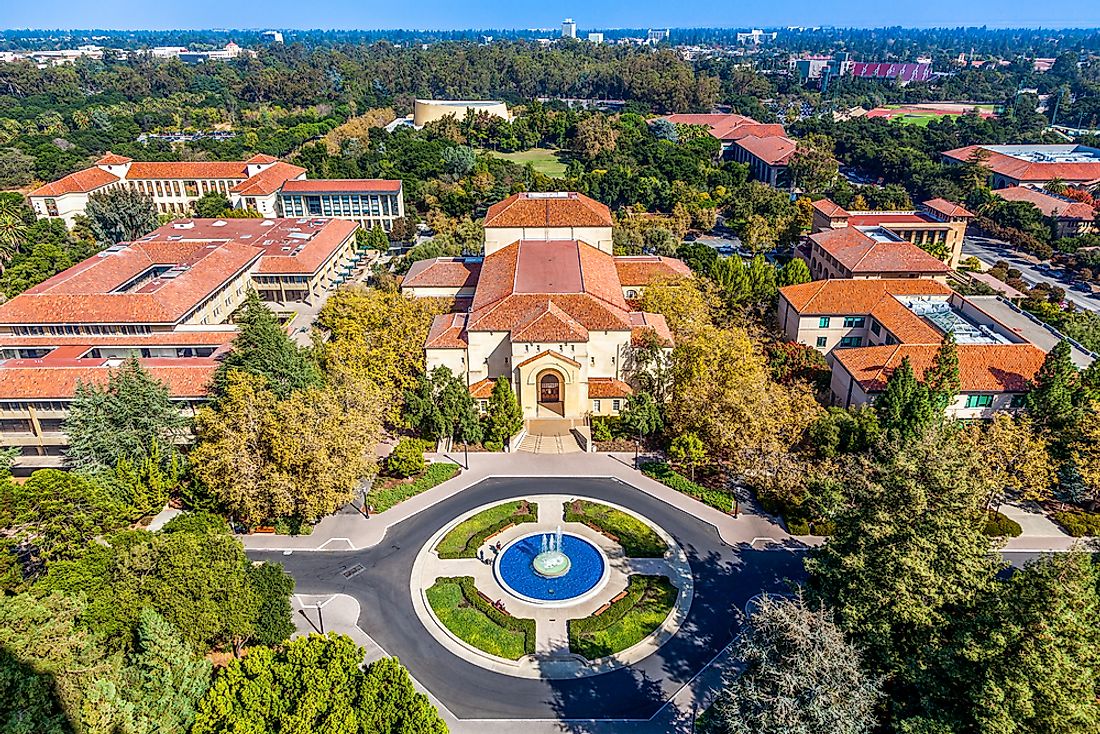
Stanford University is a privately-owned research university located in Stanford, California. It has one of the largest campuses in the United States. Furthermore it is considered one of the world’s first class universities due to its academic strength. Olmsted designed Stanford’s master campus plan in the fall of 1886. He worked hand in hand with Leland Stanford to come up with an architectural brilliant plan called “Plan of Central Premises.” The highlights of the plan include interlocking quadrangles and the use of the central axis and iconic approach.
5. University of Chicago
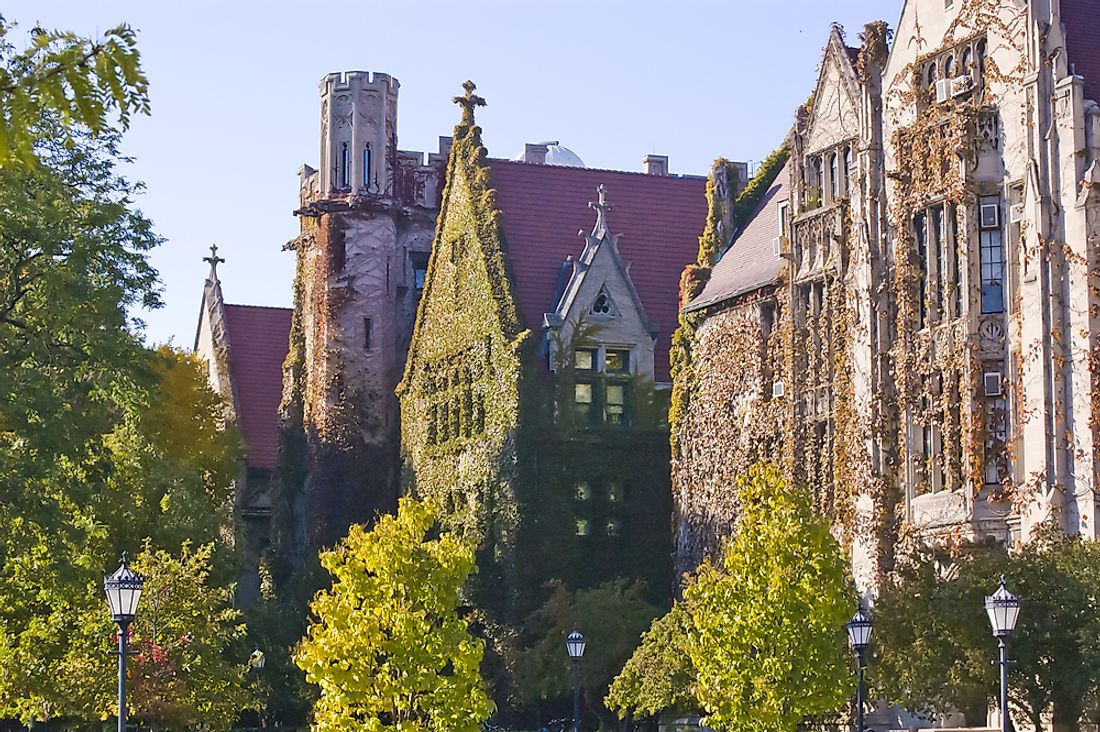
The University of Chicago was not designed by Olmsted only. However, he was assisted by his heirs such as John Olmsted and Frederick Olmsted the younger. The plan for the university was to have the most picturesque green spaces and axial vistas at the center of the campus. In spite of the several improvements to the original design, the University of Chicago still beams with green life just like Olmsted had envisioned it would. It was part of the great architectural designs that Olmsted undertook in Chicago.
4. Central Park
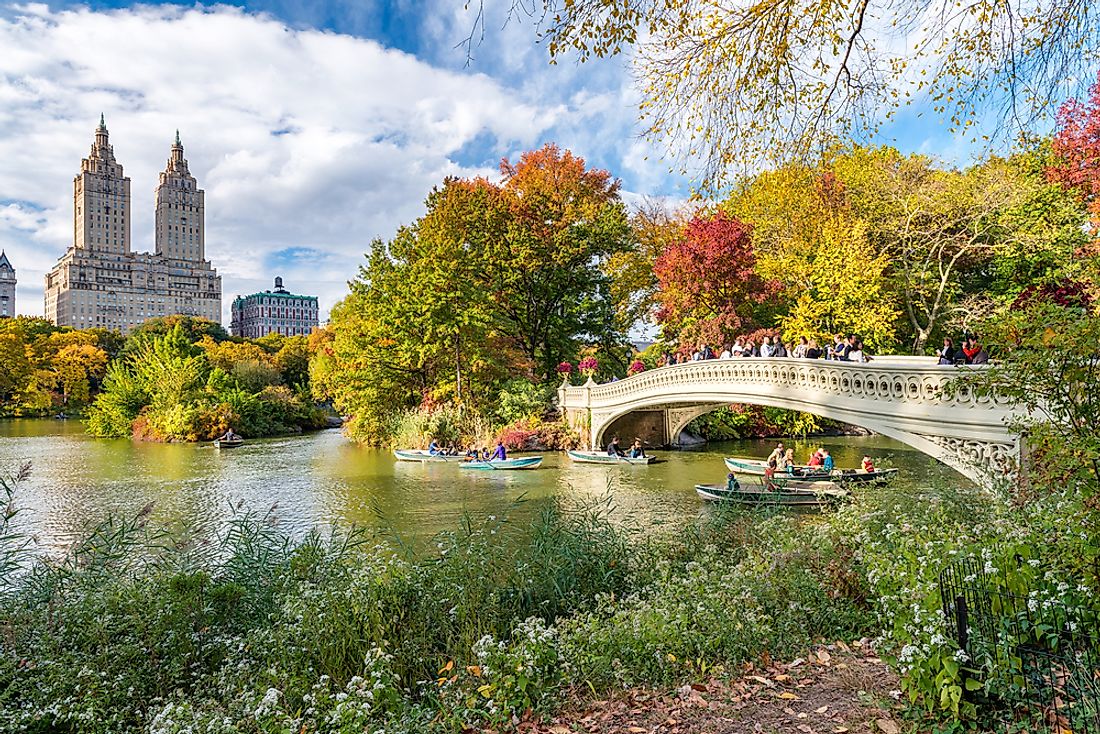
Central Park is an urban park in Manhattan, New York. It is the most visited park in the US with a record 40 million tourists having visited the park in 2013. Central Park was founded in 1857 on 778 acres of land. In 1858, Olmsted and Vaux won a design competition to expand and improve the Central Park.Their plan for the town was known as the “Greensward Plan.” The two architects did such an outstanding job that the park was designated a National Historic Landmark in 1962. The highlights of the park are the Bethesda Terrace and Fountain.
3. Belle Isle Park
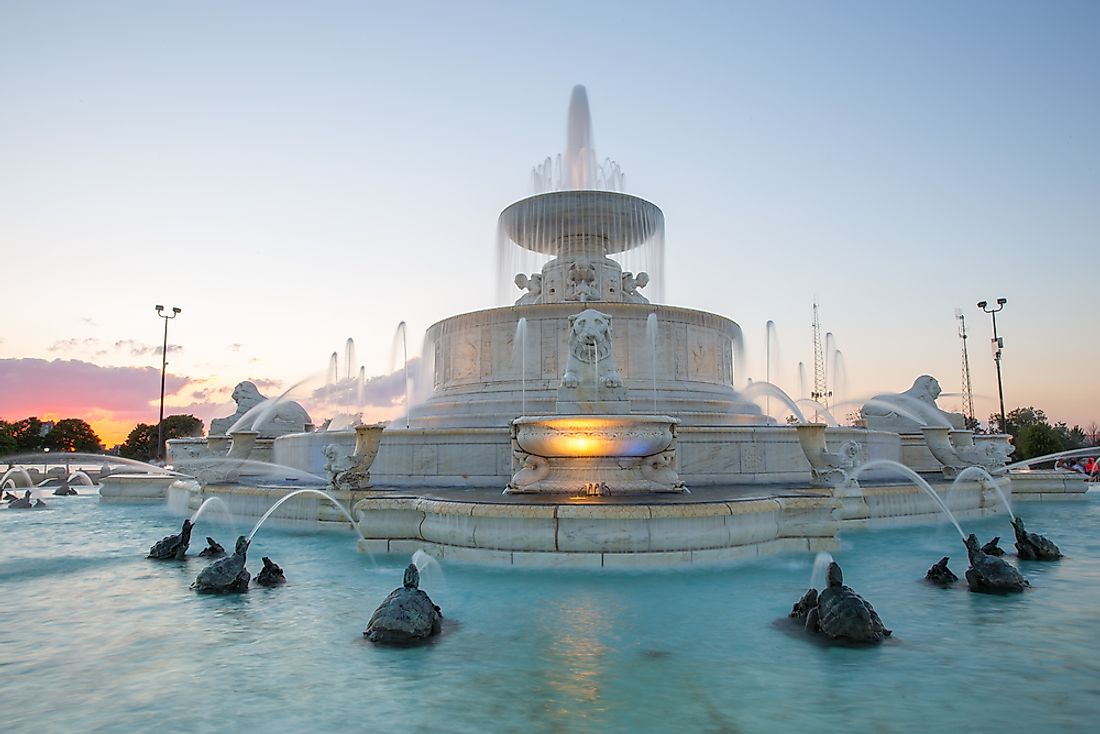
Belle Isle Park is an island park located in the Detroit River between the United States and Canada. It is the third largest city-owned island park after Fighting Island and Grosse Ile. The park is connected to the Detroit mainland by the MacArthur Bridge. Olmsted created the island’s design in the 1880s. He designed the park to be a place where residents could enjoy passing their time in recreation activities. In addition, he sought to preserve the island’s significant natural features. The highlights of his design are the Belle Isle Conservatory and the magnificent botanical garden.
2. Parc Mont Royal
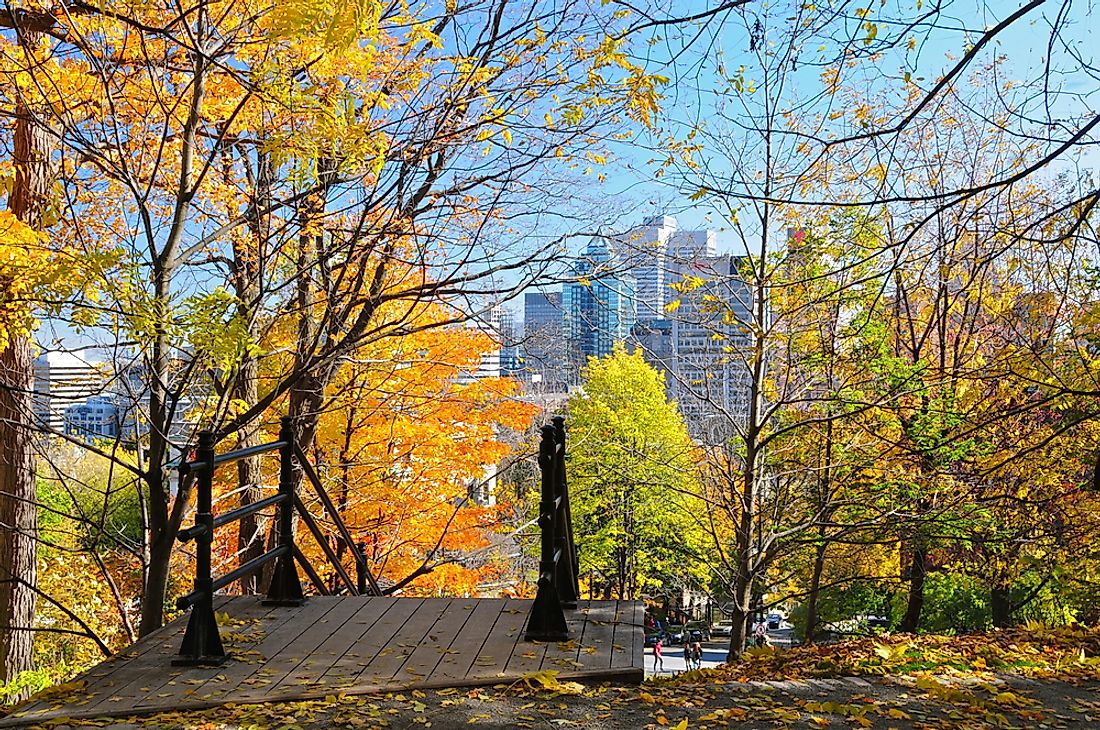
Parc Mont Royal is located in Montreal, Quebec. It was designed by Olmsted in 1874 right after he dissolved his partnership with Vaux. His architectural design was keen on highlighting the mountainous topography of the area. He did so by using vegetation with a focus of “highlighting the poetic charms of natural scenery.” Consequently, he designed a network of paths which weaved the forest, meadow, and water together. Additionally, Olmsted created a grand promenade around the city’s reservoir located on top of the mountain. The Parc Mont Royal was inaugurated on May 24, 1876 and is today one of Montreal’s largest green spaces.
1. Chicago World's Fair
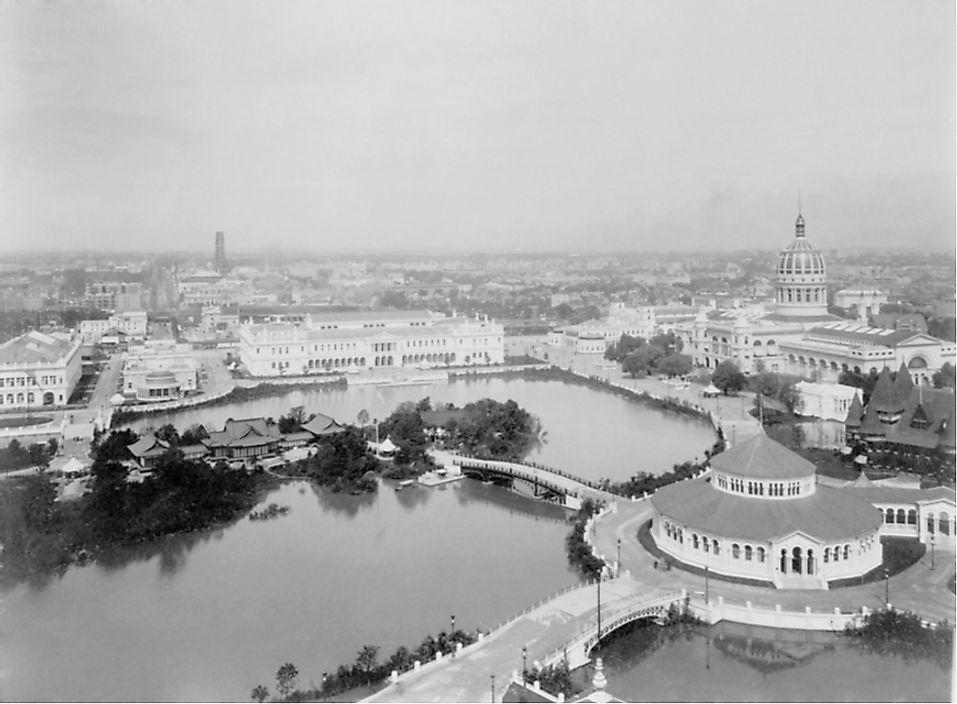
The Chicago World’s Fair took place in Chicago in the year 1893. It was held to celebrate 400 years since the arrival of Christopher Columbus in the West hemisphere of the earth. The event would attract the whole world to Chicago and so Olmsted and Daniel Burham were hired to make the landscape memorable. They designed the buildings and grounds with a neo-classical architectural look. Then the buildings were painted white which gave it a “White City” outlook. The event which was attended my 751,026 people was a great success. Olmsted’s lasting work in the fair is the “Wooded Island.”







